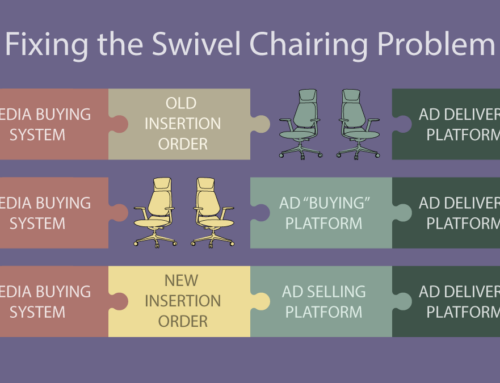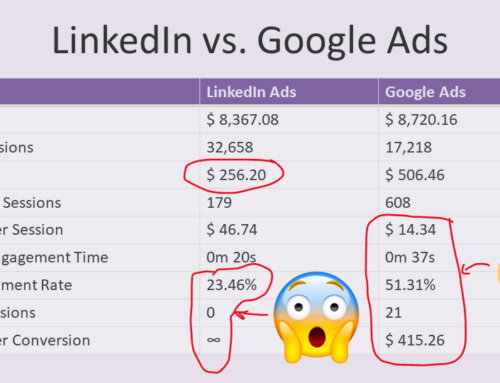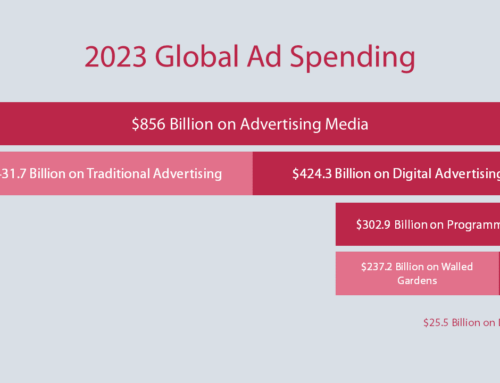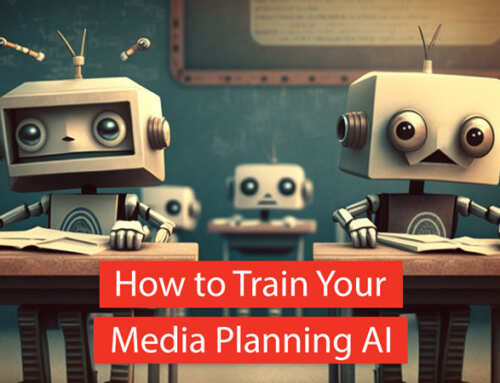The publishing business is under siege by technology.
The New York Times is blaming exchange-traded media for its most recent declines in online display ad revenue. Federated Media just gave up on direct sales in favor of exchange-traded media. Meanwhile, CNET just reported that “Google generated $20.8 billion in ad revenue in the first six months of 2012, while the whole U.S. print media industry — newspapers and magazines — made only $19.2 billion.”
The trend is clear: publishers are losing and the advertising technology intermediaries are winning. Does this really have to be a win/lose situation? A key topic at publishers’ board meetings must be, “How do we wrestle back control and get the revenue and income we deserve?”
Here’s an obvious idea: make it easier for people to buy advertising from you.
Today’s process to buy a digital advertisement directly is a mess. It’s a manual 42-step process taking an average of 48 hours per insertion order and costing buyers more than $4k per IO (482 hours and $40k per campaign). The costs are even higher on the sell side. These high transaction costs are a main factor holding back digital advertising spending.
One of the big reasons that programmatic buying through exchanges is eroding your direct sales is because it’s so easy and efficient. The cost of an exchange transaction is effectively zero.
The reason that exchanges are so efficient is because of the adoption and implementation of electronic standards. Electronic standards are also the key to making direct sales more efficient.
Make it easy to learn about your advertising programs. Research tools like comScore and Nielsen do a great job of helping buyers find sites, but they don’t provide information about your advertising programs. Buyers spend way too much time just trying to figure out what you are selling. Everyone agrees the RFP process is obsolete. The IAB is helping to solve the information gathering problem with its free Digital Advertising Directory (disclosure: we built this for them), but the directory is still far from comprehensive or complete. Your active involvement is needed to improve your listings and to support this industry resource.
Make it easy to order from you. We’ve been talking about creating a standard electronic insertion order for years. There’s no good reason this has not been done. The IAB has been leading the effort creating an electronic insertion order as part of its eBusiness standards, but they need your support. Isn’t it about time we finished this work and implemented these standards?
Make it easy to implement ads. Copying and pasting ad server tags between Excel and the ad server is a slow and error prone process. This “human trafficking” needs to stop. This should happen automatically when the buyer presses the “buy now” button. Again, electronic standards are needed.
Make it easy to get reports. You guessed it. Electronic standards are needed for reporting, too.
Make it easy to pay you. There’s a significant amount of time wasted invoicing and resolving discrepancies. A standard electronic invoice has also been in the works for quite a while. Let’s finish this.
Make it all work together. Buyers and sellers each need to buy or build systems that implement these electronic standards. Nobody has yet built the ultimate system, but vendors are working towards automating of the direct buy. On the buy side, you’ve got MediaOcean, Facilitate, Centro, and Bionic (my company). On the sell side, you’ve got Operative, iSocket, AdSlot, FatTail, and ShinyAds. These vendors share a common vision and are working together and with the IAB to implement interoperability standards that will streamline the workflow.
Given the age and size of digital advertising, it’s hard to understand why these basic building blocks aren’t already in place. There’s no real innovation needed. Electronic workflow has been done in many other industries. It’s basic blocking and tackling from an engineering standpoint. With an industry as innovative and digital as ours, we owe it to ourselves to get this done.
Implementing these electronic standards is not a silver bullet that will alone save publishing in the digital age. However, it’s one obvious way to unlock revenue and profits from direct sales. That’s not only good for advertisers, agencies, and publishers; a healthy Fourth Estate is good for society as a whole.
This article was originally published in The Makegood.





